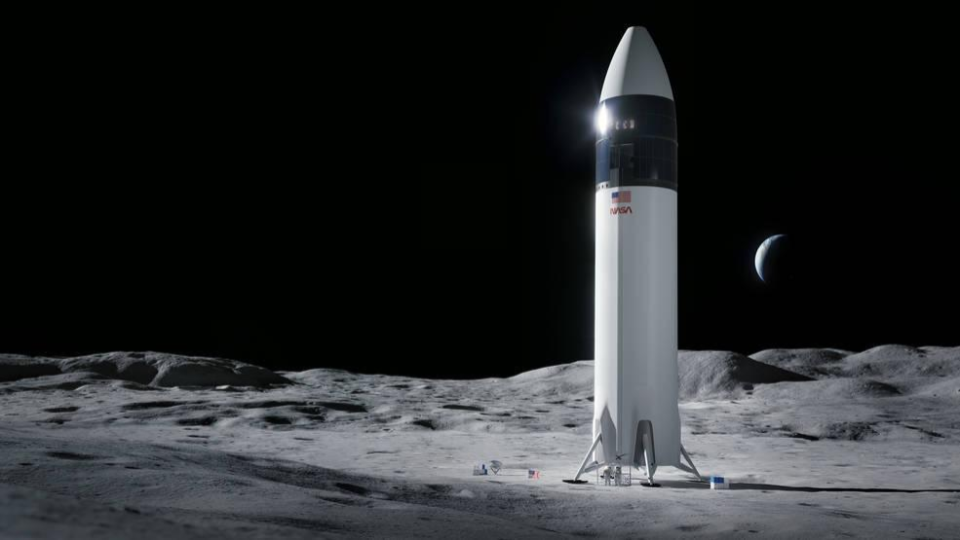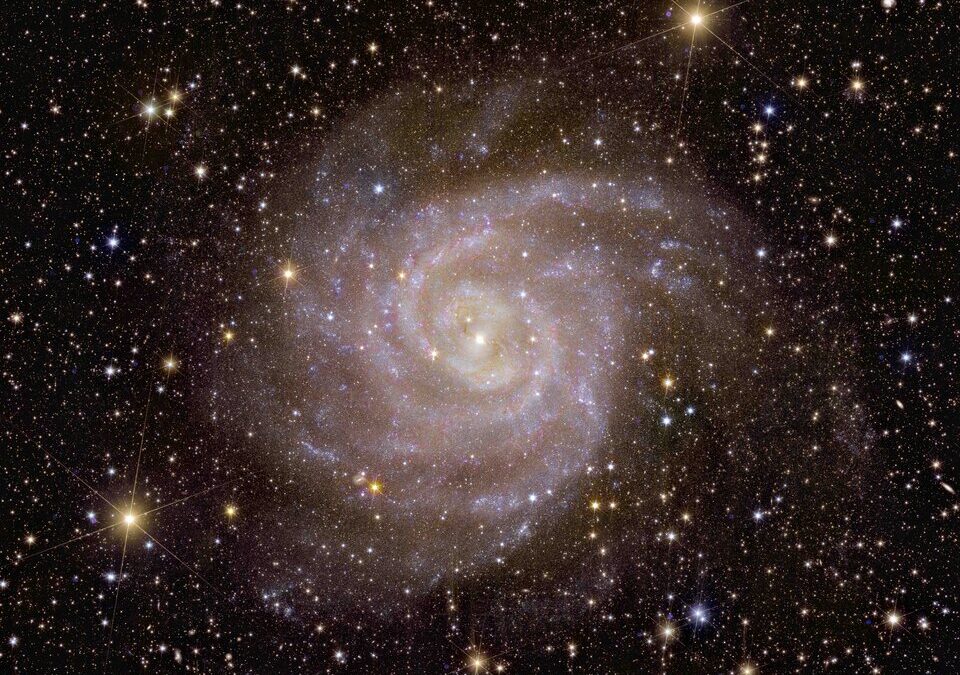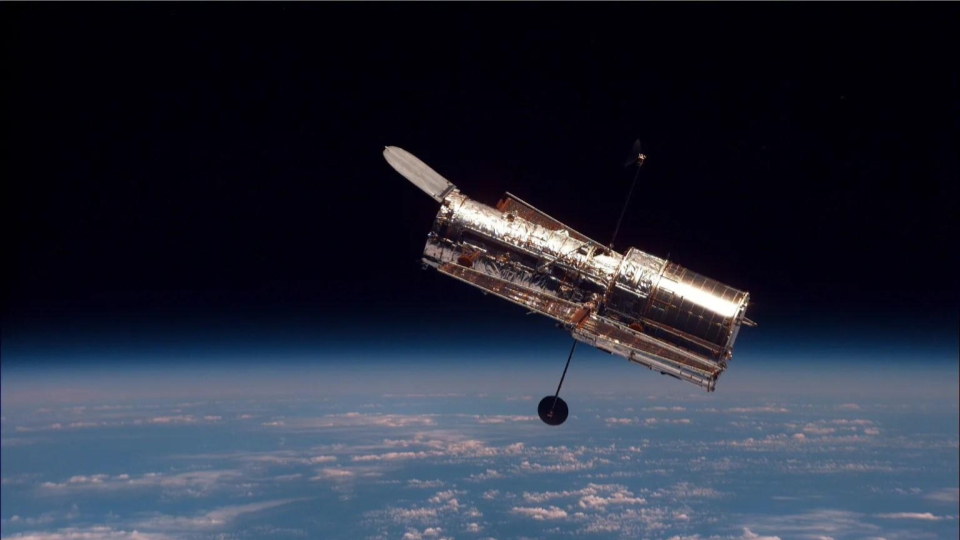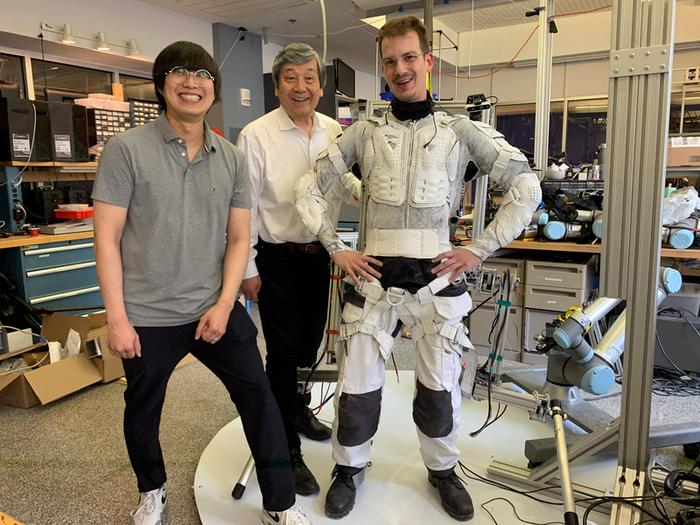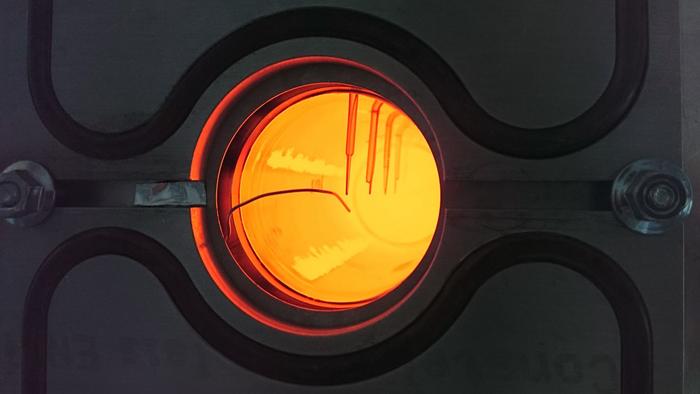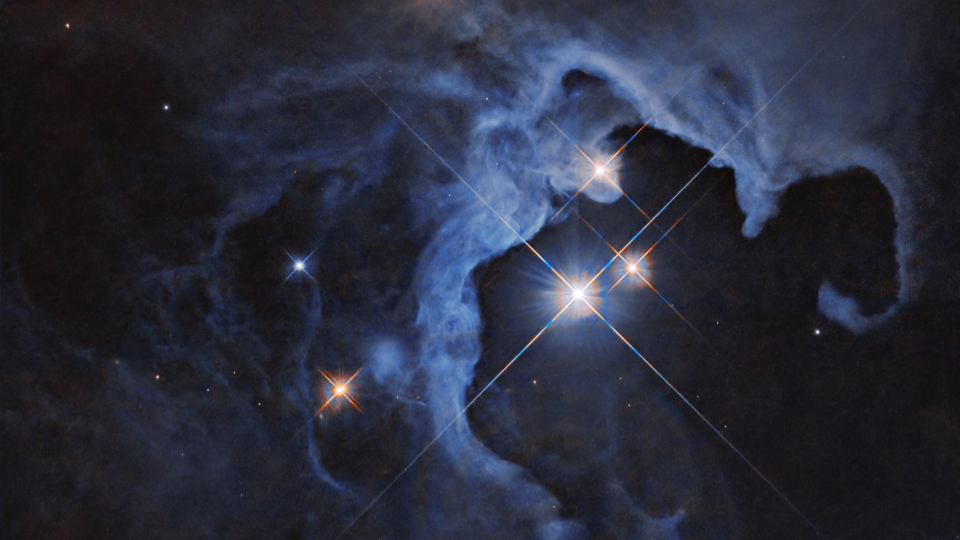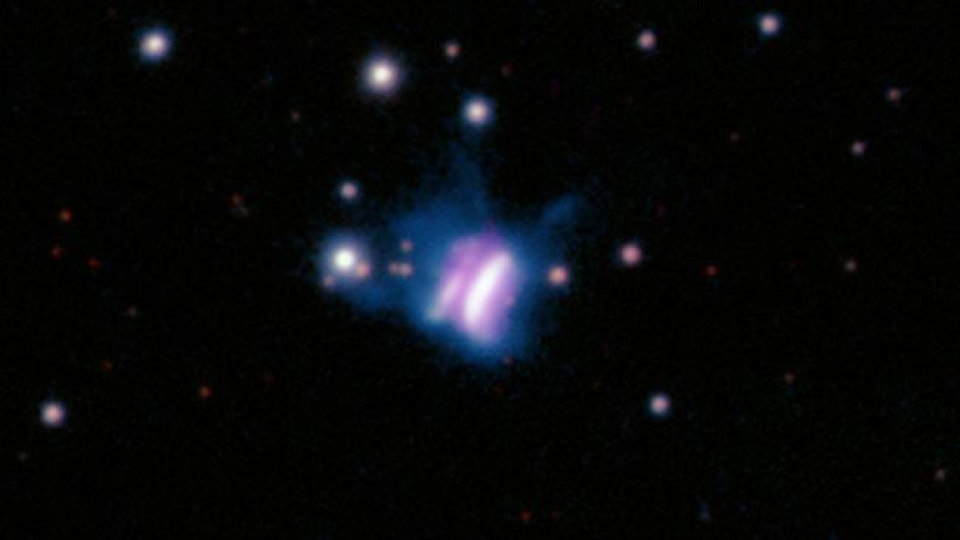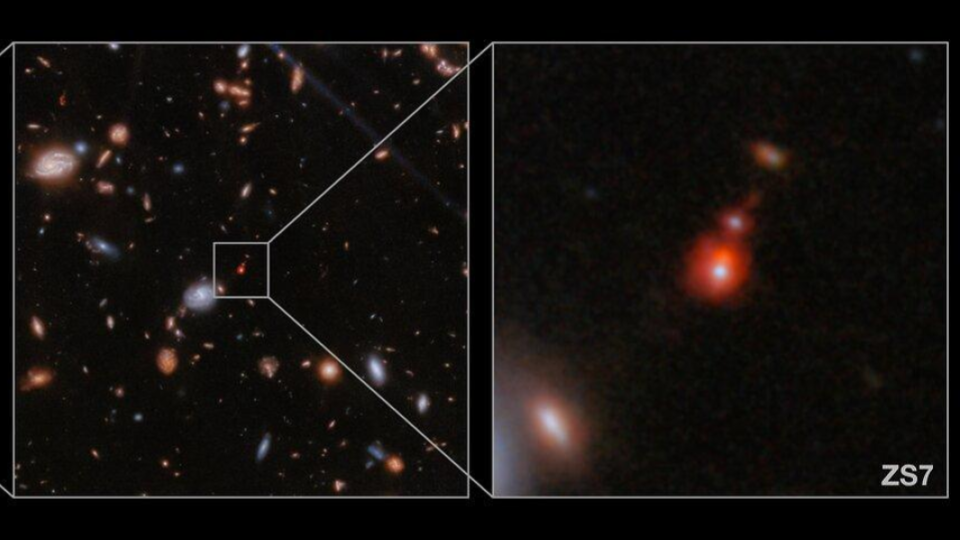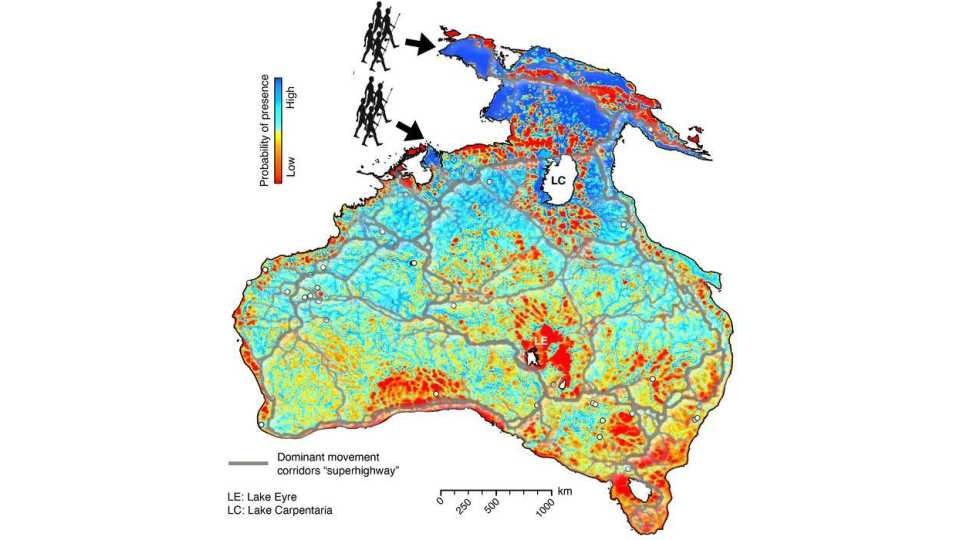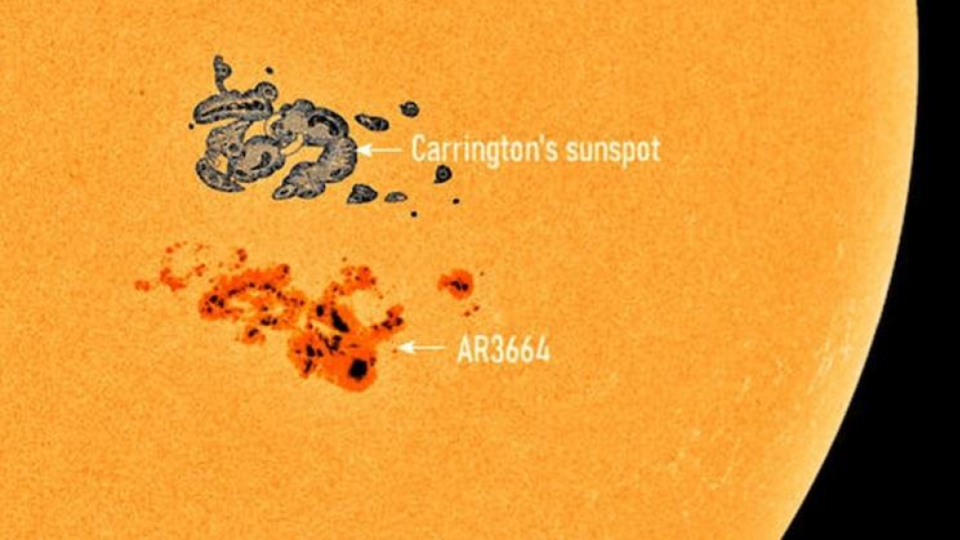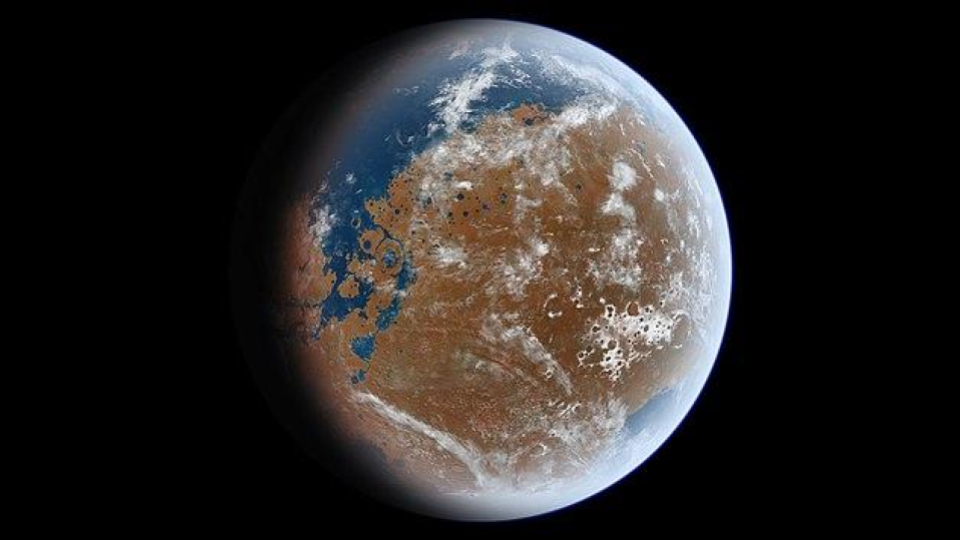I think it is fair to say that humans have dreamed of going to Mars for as long as we have known that Mars is a planet. We see these dreams in amazing books, like The Martian Chronicles and John Carter of Mars, and even in Percival Lowell’s attempts to map what we now see as fictional canals. Humanity’s first successful Mars mission was the 1965 Mariner 4 Flyby, and today, two US rovers explore the Red Planet. Mariner 4 was 60 years ago, and if the dreamers get what they want, we will have humans on Mars before the 70th anniversary of Mariner 4. … I’m just not sure that is going to happen,...
